
It allows to keep PV going, with more focus towards AI, but keeping be one of the few truly independent places.
-
In the early 1970s, a commercial director and also producer named Garrett Brown began to explore a new system to avoid the jitter while shooting videos. He intended to create a high portable device not only separating the camera from photographers but improving the balance of the camera to reduce vibrations and shaking as well.
This goal was achieved in 1973, by inventing the simple but innovative machine – Brown stabilizer (later renamed: Steadicam).
At that time, Steadicam attracted a large number of users for its low cost and simple structure.
Buy as the rapid developing of science and technology, emerged the shortcoming of Steadicam.
Although Steadicam has made great differences, there are many restrictions to the detriment of current photography needs. Such as Steadicam is too big to be used for narrow scene, and too heavy for long shot. And the fatal weakness is the difficulties for beginners to start in a short time trial, users must take a long time of training to familiar with Steadicam and use it well. With wrong posture, it is counter-productive to keep stable. Still, usually we need to spend a long time on Steadicam for adjustment and balancing.
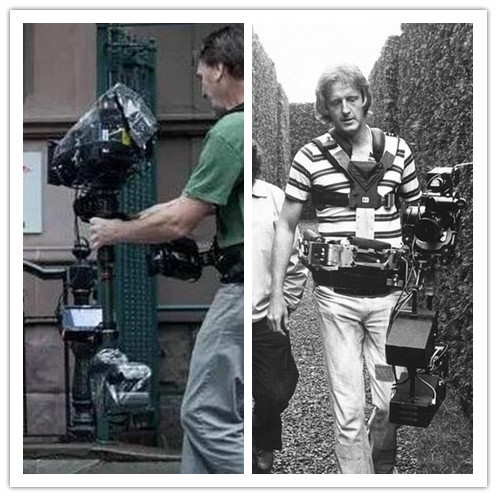
Now, the cutting-edge Nebula 4200 5-axis stabilizer has arrived to end the 50-year history of Steadicam. You have to admit that the lightweight and compact stabilizer more suits our needs for its user-friendly and excellent stability.
However, designs of 3-axis stabilizer cannot address the very crucial part: the bounces caused by photographers’ step while making videos. To solve this problem, Nebula 4200 5-axis greatly integrated the traditional advantages of Steadicam and the latest technologies of gyroscope stabilizer.
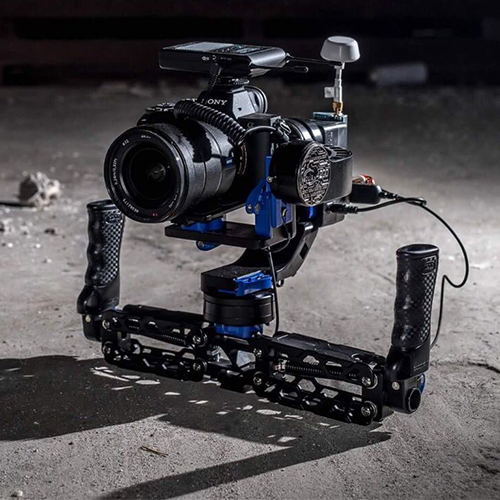
Turned the standard notion of 50-year Steadicam’s structure, 5-axis spring arm is Nebula’s original design, inspired by the damping system of F1 racing cars. Nebula 4200 is known as the only mould-casting gyroscope stabilizer in the world. All parts of this innovative product are made of metal.
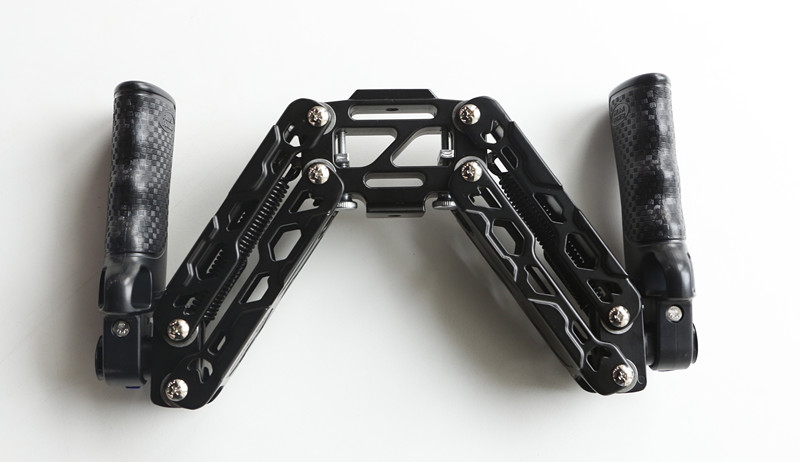
The effect of double spring arm in contraposition is both rebound and absorbing. But the mass of stabilizer and camera appropriately maintains inertial. Except the intentional tremor, the two spring arms of 4200 can absorb any vibrations and bounces under payload acting on the vertical axis. With this kind of buffer, Nebula 4200 reduces vibration, retards speed, makes shooting more smooth even facing hard bumps.
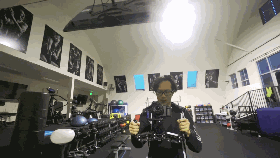
They are just like the vehicle suspension system, on the one hand isolates road noise, bumps, and vibrations, on the other hand provides enough sustenance for stabilizing car body while making a turn. Besides vertical axis, with different spring tension, the two spring arms are also able to filter part of the vibrations on horizontal axis. That’s why we call as 5-axis.
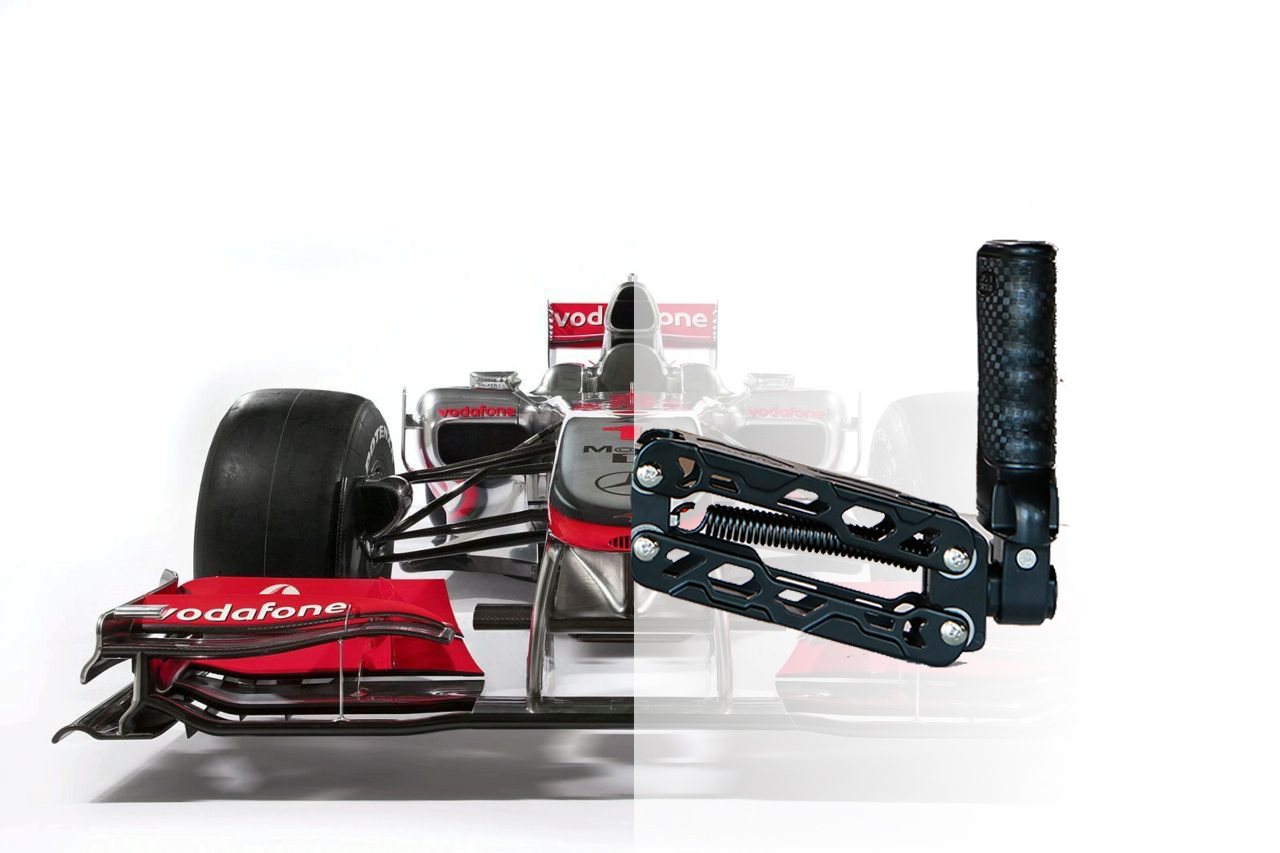
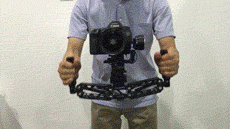
Two dovetails are added on spring arm, to show the flexibility of combinations. The standard 1/4 screw hole also makes it easy to carry most of the photography accessories. Every detail we designed is for filmmakers in search of 2 “P”s: professional and possibilities.
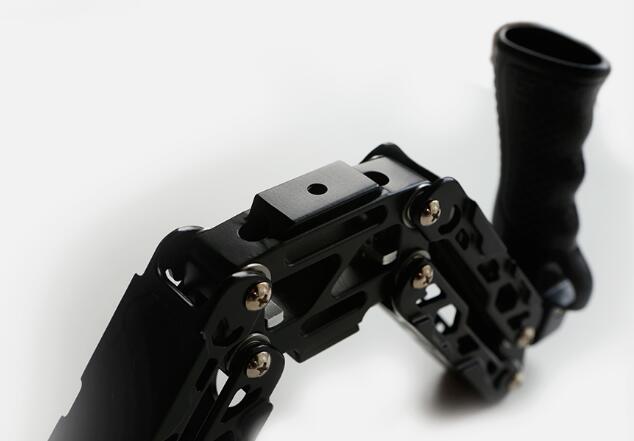
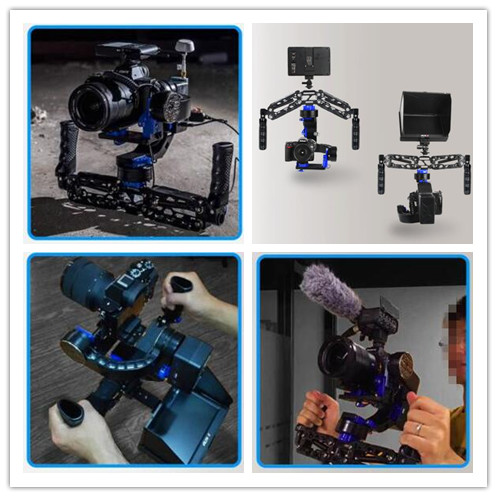
Double spring arm in contraposition turns the standard notion of spring arms in line, in order to spread bounces caused by photographers’ step while moving over two handles. Thus perfectly reduces the jitter and jerking and improves users’ manipulation of stabilizers.

 140511kq8nzhmo5188m121.jpg497 x 497 - 84K
140511kq8nzhmo5188m121.jpg497 x 497 - 84K
 140338gb4445nw2utbnloi.jpg800 x 462 - 65K
140338gb4445nw2utbnloi.jpg800 x 462 - 65K
 146518949884.gif280 x 158 - 514K
146518949884.gif280 x 158 - 514K
 Instagram2.jpg1280 x 853 - 323K
Instagram2.jpg1280 x 853 - 323K
 146518950116.gif230 x 129 - 2M
146518950116.gif230 x 129 - 2M
 11.jpg500 x 500 - 174K
11.jpg500 x 500 - 174K
 Instagram3.jpg634 x 441 - 18K
Instagram3.jpg634 x 441 - 18K
 Instagram1.jpg497 x 497 - 80K
Instagram1.jpg497 x 497 - 80K -
RED and Alexa users can afford to hire a Steadycam and operator. For the independent using a GH4, A7S, or something similar, it looks great. However, reviews at B&H are decidedly mixed. No support, no documentation. One user commented that if you are willing to jack around with it, it's OK. I am not, so this is a No Go for me.
-
Closed, as contents must go into Nebula 4200 topic.
Howdy, Stranger!
It looks like you're new here. If you want to get involved, click one of these buttons!
Categories
- Topics List23,964
- Blog5,723
- General and News1,342
- Hacks and Patches1,151
- ↳ Top Settings33
- ↳ Beginners254
- ↳ Archives402
- ↳ Hacks News and Development56
- Cameras2,361
- ↳ Panasonic990
- ↳ Canon118
- ↳ Sony154
- ↳ Nikon96
- ↳ Pentax and Samsung70
- ↳ Olympus and Fujifilm99
- ↳ Compacts and Camcorders299
- ↳ Smartphones for video97
- ↳ Pro Video Cameras191
- ↳ BlackMagic and other raw cameras121
- Skill1,961
- ↳ Business and distribution66
- ↳ Preparation, scripts and legal38
- ↳ Art149
- ↳ Import, Convert, Exporting291
- ↳ Editors191
- ↳ Effects and stunts115
- ↳ Color grading197
- ↳ Sound and Music280
- ↳ Lighting96
- ↳ Software and storage tips267
- Gear5,414
- ↳ Filters, Adapters, Matte boxes344
- ↳ Lenses1,579
- ↳ Follow focus and gears93
- ↳ Sound498
- ↳ Lighting gear314
- ↳ Camera movement230
- ↳ Gimbals and copters302
- ↳ Rigs and related stuff272
- ↳ Power solutions83
- ↳ Monitors and viewfinders339
- ↳ Tripods and fluid heads139
- ↳ Storage286
- ↳ Computers and studio gear560
- ↳ VR and 3D248
- Showcase1,859
- Marketplace2,834
- Offtopic1,319
Tags in Topic
- gimbal 51
- stabilizer 44
- dji 41
- steadicam 39
- filmmaking 21
- ronin 12
- came-tv 7
- pilotfly 6
- filmpower 6
- beholder 5





